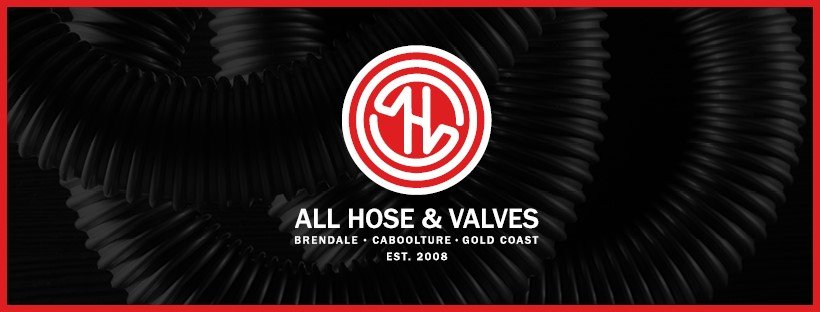A Short Guide in Choosing The Right Hydraulic Hose Fitting

One of the most popular hose and fittings is hydraulic hose fittings. Hydraulic hose fittings join hoses, pipes, and tubes in a hydraulic system to securely carry the medium. A hose fitting could be modest in size, but if misused, it can significantly reduce the efficiency of the entire hydraulic system and jeopardise safety requirements. Therefore, it’s critical to choose the correct hydraulic hose fitting.
Hydraulic hose fittings, such as tees, plugs, elbows, and unions, are built of diverse materials and available in various forms and sizes. As a result, these fittings provide a wide range of performance characteristics because of their varied materials and configurations.
If you’re unsure which shape, material, threading or sealing option to go with, you can use the guidelines below to choose the suitable hydraulic hose fitting for your system.

Check the application requirements
The hydraulic system’s operating environment is an essential factor to consider. Choose hoses and tube fittings that comply with your application’s regulatory and functional requirements. As a starting point, consider the following questions:
1. Will the hoses and tube fittings come into contact with any abrasive or scratching surfaces? If that’s the case, you’ll need abrasion-resistant hoses and tube fittings.
2. Will corrosive substances be present in the hoses and tube fittings? If so, buy tube fittings made of stainless steel or brass.
3. Is there enough room in the application? If this is the case, use hoses with a larger bend radius.
4. Is the assembly subjected to mechanical loads? If so, harder materials, such as stainless steel should be used.
Review the size and ambient temperature
The size and density of the tube’s walls are critical in achieving adequate flow velocity. A slow flow promotes poor system performance, whereas a high flow leads to severe pressure drops, significant damage, and leakage. The hose’s temperature range should also be equal to or greater than the highest media and ambient temperatures observed in your application. The material coating determines hose fittings’ operational temperature range and seals used. To maintain leak-free activities, you can utilise O-ring seals.
Check the medium
The fluid transported or in direct touch with the hose and tube fitting is also a significant consideration. The material being transported must be compliant with the hose and tube fitting. This is why you should check the inner tube, cover, and hose fittings to make sure they’re suitable for the medium, along with the O-Rings and seals. After you’ve determined your hydraulic hose specs and selected your hose fittings, the hose assembly professional will crimp the hydraulic hose, which is the most common form of installation. It’s crucial to remember that you should avoid using a fitting from one manufacturer to another. Due to the incompatibility of both products, this might result in a crimp failure or breakage.
Hose and Fittings in Australia
Other than hydraulic hoses, if you’re looking for top-quality industrial fittings and hoses in Australia, you can count on All Hose & Valves to provide you with the products you need to carry out your industrial operations and satisfy your needs.
Do you need help in selecting the correct hose and fittings? Contact us today!
Source From: https://allhoseandvalves.wordpress.com/2022/03/07/a-short-guide-in-choosing-the-right-hydraulic-hose-fitting/